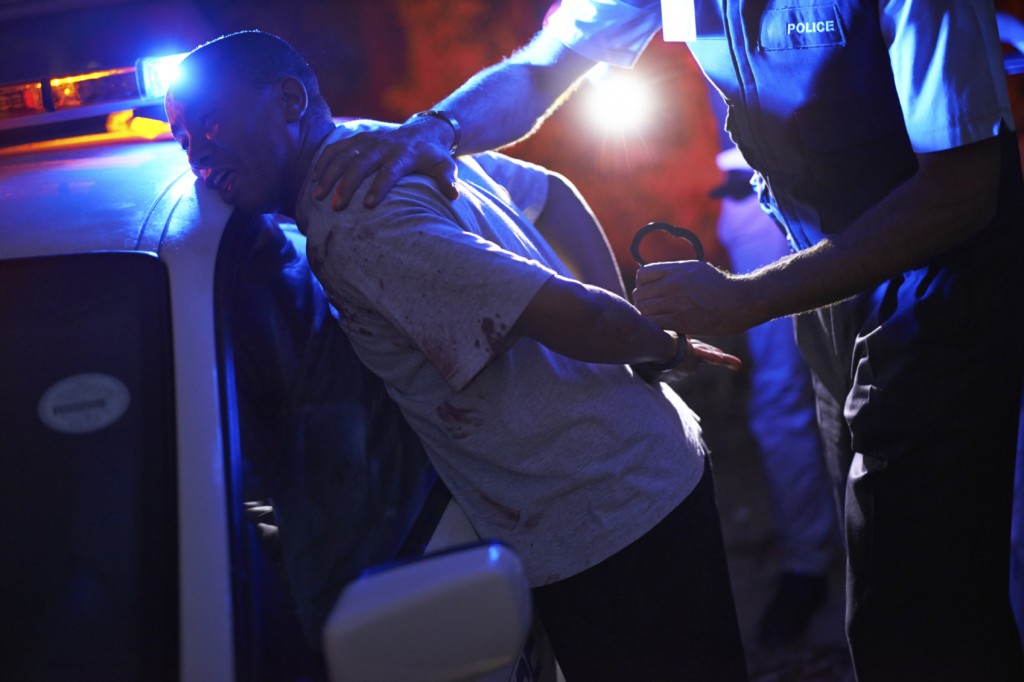As Governor-Elect Hogan and the Lt. Governor-Elect Rutherford ramp up their Transition Team operations with a goal of having “the top executives of the incoming Administration before they are sworn in,” it would behoove them to pay attention, not only to the qualifications, but also the management style of the men and women who seek appointive office at the highest levels in the new government. It is particularly important in selecting those who will set policy and administer departments that impact the criminal justice system.
Crime, Law and Order, etc., i.e. the efficiency of the Criminal Justice System, generally is a difficult political issue. The issue is impossible to manage, let alone control. There are too many variables that drive the voters perception of the level of their personal safety and that of their community at any given moment.
Outgoing Governor O’Malley brought the City-Stat Program that he implemented in Baltimore City to the State of Maryland, and properly got credit for it both electorally and in the media. Governor- Elect Hogan said very little about criminal justice issues in the campaign. His focus was on economic and fiscal issues. But he will face criminal justice issues soon enough and whether he likes it or not, they will directly impact his ability to prioritize and address the urgent economic and fiscal issues confronting him.
With that in mind, the new Governor has an opportunity to seize the moment and restructure the operations of the agencies of the Executive branch that administer the criminal justice system so that they work more collaboratively, as well as reach out to the independently elected State’s Attorneys, county and municipal officials to develop and then implement a comprehensive, efficient and economical law enforcement strategy that is coordinated, transparent, and most importantly consistent, coherent, and understandable to law abiding citizens and potential law-breakers alike.
These policies would be developed through a new Criminal Justice Policy Group made up of the Governor, Lt. Governor, the Attorney General, Comptroller and appropriate Cabinet Secretaries, including the Secretary of Public Safety/Corrections, Parole & Probation, Juvenile Services, Health Department, the elected State’s Attorneys, as well as independently elected county and municipal elected and law enforcement officials, who control their respective police agencies. It would also include representatives of the Legislature, who lead Committees whose responsibility include the funding of law enforcement and prosecutors, as well as their oversight.
The Judicial Branch of government should also participate in this effort. The Judiciary can never be a partner in any law enforcement strategy because its role is to check and balance the legislative and executive branches of government. However, judges of all courts should, where appropriate, i.e. at the pre-trial hearing on conditions of pre-trial release and sentencing hearings be made aware of the law enforcement strategy if there is one that drives a prosecutor’s decision to advocate for particular conditions of release and/or sentence or that result in a particular Plea Agreement being reached and presented to the Court for binding approval. The public does not divide between the branches of government the accountability for what they perceive to be the failures of the Criminal Justice System. On the contrary, they blame all branches of government, but particularly the judicial branch for the shortcomings of the system.
The citizens of Maryland expect the Criminal Justice “System” to confront the high rate of recidivism, the ever increasing cost of incarcerating offenders again and again to no avail, the lack of accountability of the system for the behavior of criminals repeatedly processed through the courts and the adult and juvenile correctional facilities, the lack of supervision of these offenders at times while they are incarcerated and certainly when they are returned to our communities, as well as the problem of witness and victim intimidation, including the threat of further violence to them when they cooperate with law enforcement and appear in court.
We will find out shortly whether all three branches of government are prepared to make a commitment to the collaboration and provision of additional resources, the funding to pay for them, and a very different approach to the treatment of charged and convicted criminal offenders within our Criminal Justice System. The adoption of any new approach carries with it a significant political risk, particularly to those elected officials who must run every four years. The results of the implementation of any new system, including the one advocated in this space, even if successful, cannot be expected to be felt or even seen by the next election. The risk, of course, is that if the judgment of those with responsibility and authority to make these decisions is to simply not make the effort because it is deemed to be too costly to establish economic interests who feed off the inefficiencies of the current system and or are too risky politically to deal with now or in the immediate future, then expect more of the same failed policies and procedures we have already seen and the continued finger pointing that has accompanied its documented failure.
In suggesting changes in the operation, structure, philosophy, policies and procedures of our Criminal Justice System and in confronting those who cynically and comfortably predict that failure will ultimately and inevitably be the result of our state and county officials trying to lead in a new direction. I cannot help but recall the words Robert F. Kennedy said about exercising political leadership. “Some people see things as they are and ask ‘Why?’ I see things as they never were and ask, “Why Not?” What do you see for the New Year? Merry Christmas, Happy Hanukah, a joyous Kwanzaa and a Happy New Year!



